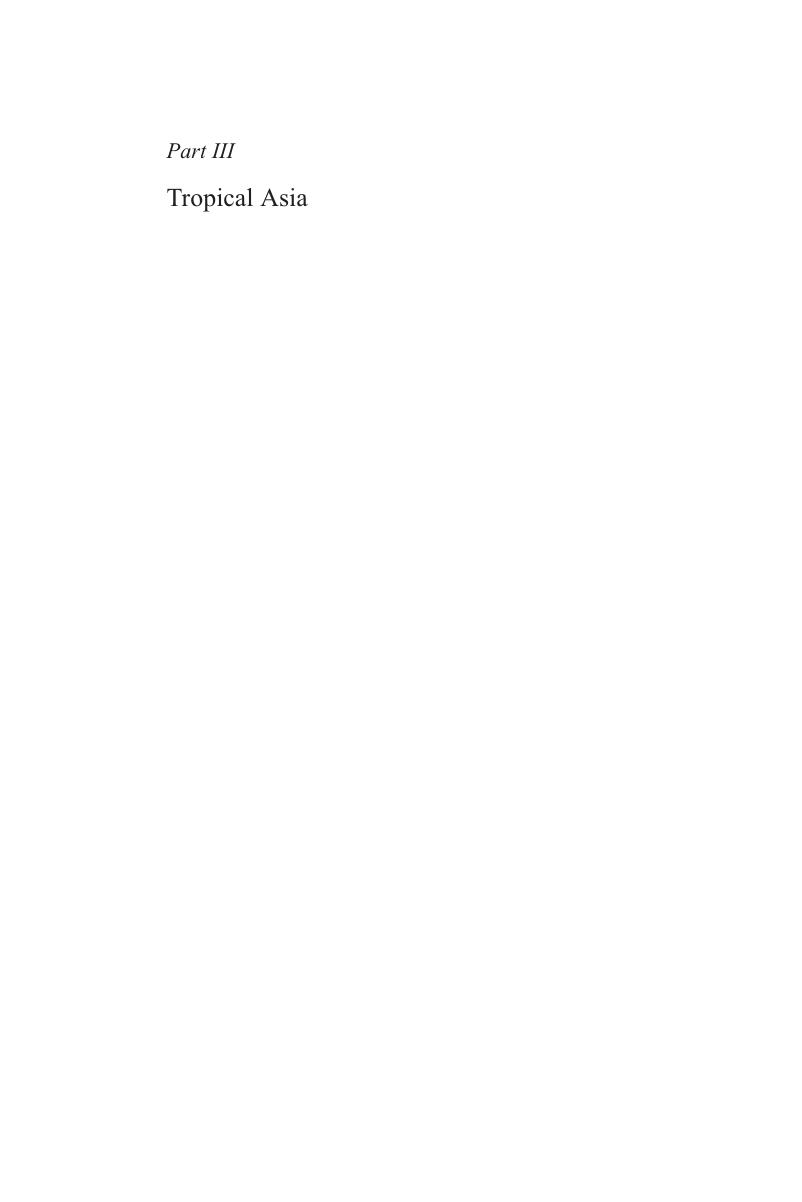Book contents
- The Language of Hunter-Gatherers
- The Language of Hunter-Gatherers
- Copyright page
- Dedication
- Contents
- Figures
- Maps
- Tables
- Contributors
- Preface
- Part I Introduction
- Part II Africa
- Part III Tropical Asia
- Part IV New Guinea and Australia
- Part V Northeastern Eurasia
- Part VI North America
- Part VII South America
- Appendix A Preliminary Worldwide Survey of Forager Languages
- Language Index
- Subject Index
- References
Part III - Tropical Asia
Published online by Cambridge University Press: 26 February 2020
- The Language of Hunter-Gatherers
- The Language of Hunter-Gatherers
- Copyright page
- Dedication
- Contents
- Figures
- Maps
- Tables
- Contributors
- Preface
- Part I Introduction
- Part II Africa
- Part III Tropical Asia
- Part IV New Guinea and Australia
- Part V Northeastern Eurasia
- Part VI North America
- Part VII South America
- Appendix A Preliminary Worldwide Survey of Forager Languages
- Language Index
- Subject Index
- References
Summary

- Type
- Chapter
- Information
- The Language of Hunter-Gatherers , pp. 147 - 308Publisher: Cambridge University PressPrint publication year: 2020



